NASA declares SLS tanking test a success
Original Publication Date: 2022-09-22 03:41
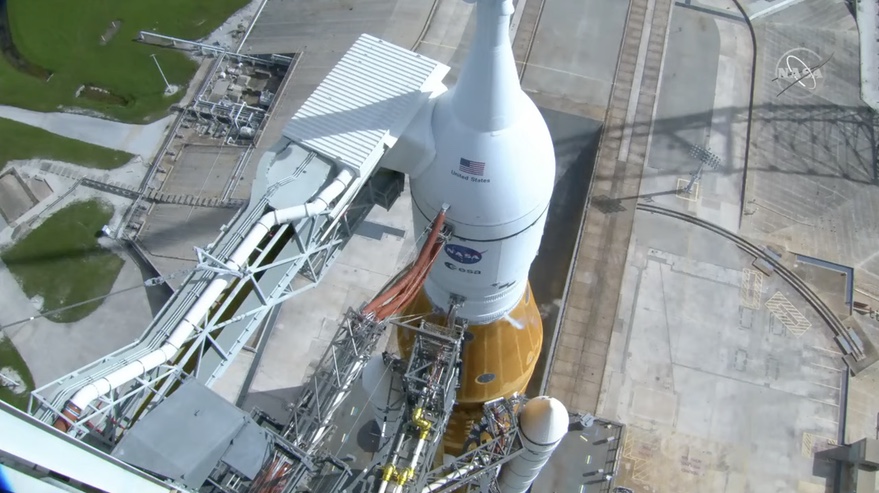
NASA says it completed all the objectives of a Space Launch System tanking test. Test was designed to confirm that changes would prevent hydrogen leaks seen in previous launch attempt. Early in the test, controllers reported a liquid hydrogen leak in the tail service mast umbilical. NASA stopped short of declaring they were ready to proceed with a launch at the next opportunity.
DoD to end procurements of geosynchronous missile-warning satellites
Original Publication Date: 2022-09-21 23:11
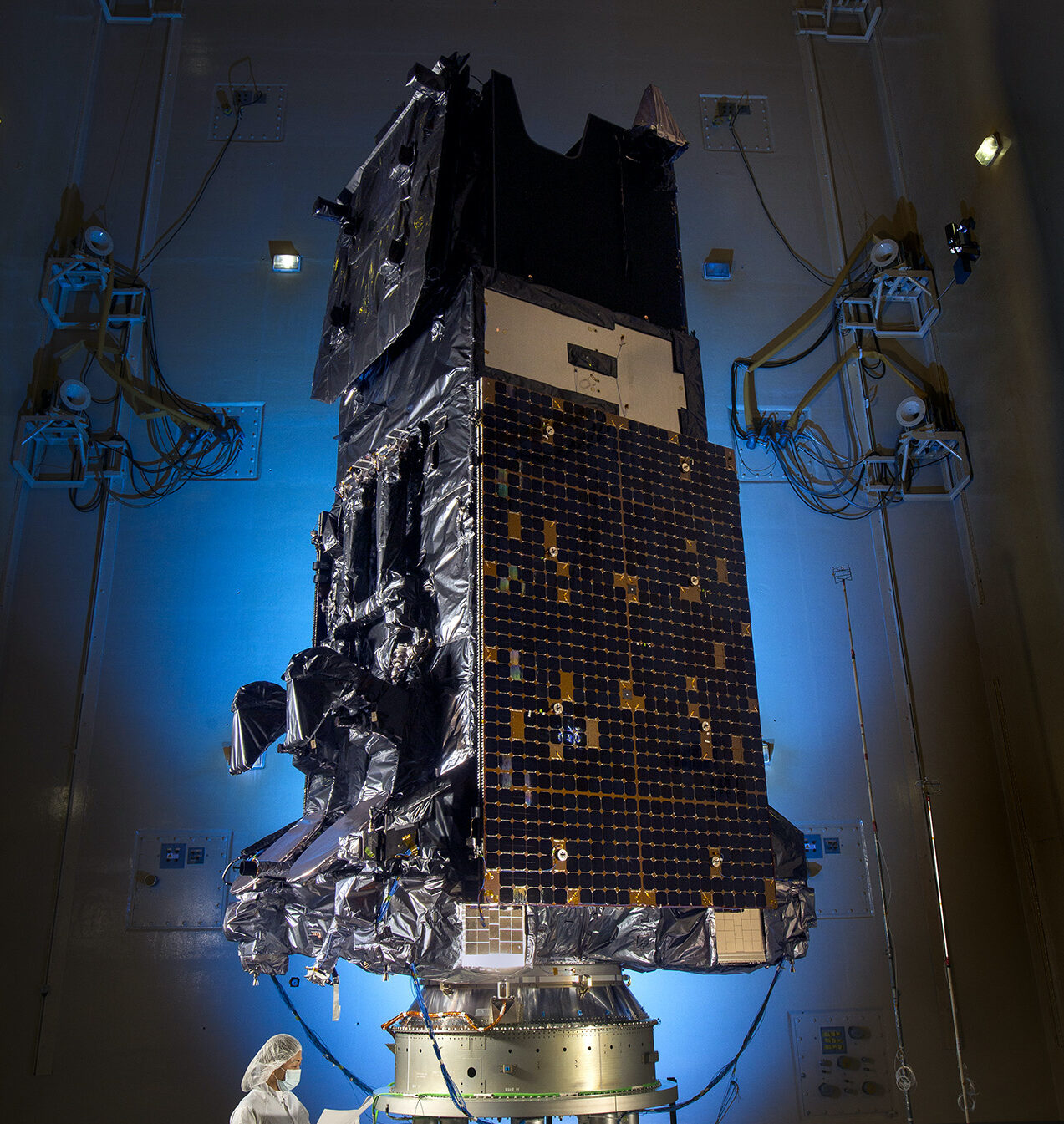
Pentagon plans to end procurements of large geosynchronous Earth orbit satellites. DoD will start transitioning to a proliferated architecture of smaller satellites in lower orbits. Next-Gen OPIR will be the last GEO missile-warning satellites to be acquired. Space Force plans to field a layer of medium Earth orbit missile-defense satellites.
Amazon and Telesat coordinate their planned NGSO constellations
Original Publication Date: 2022-09-21 21:30
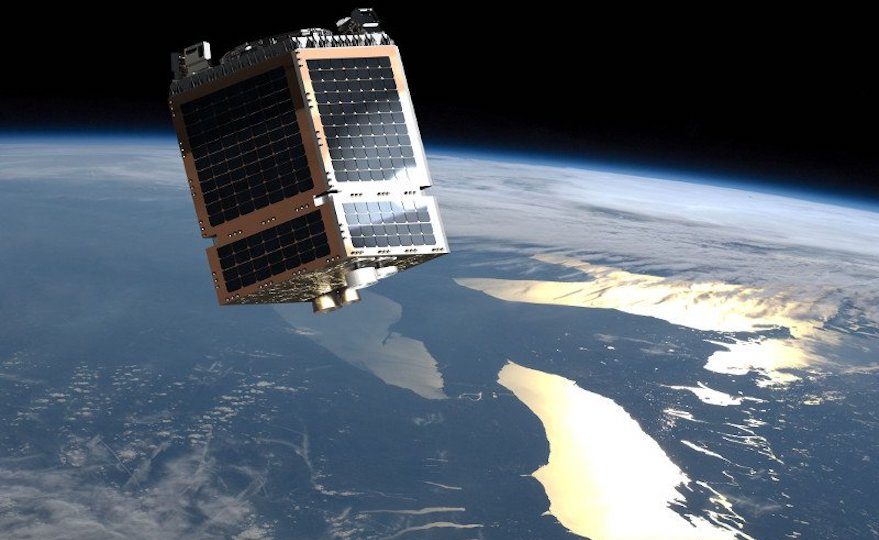
Amazon and Telesat say they have finalized spectrum arrangements. The deals "ensure the coexistence" Of their broadband constellations. Both constellations plan to use Ka-band spectrum to provide broadband services. Neither company has started deploying their NGSO constellation.
Marlink to offer Starlink to maritime and enterprise customers
Original Publication Date: 2022-09-22 16:25
![]()
Marlink and OmniAccess become "authorized Starlink integrators" For maritime and enterprise customers. Agreement combines connectivity from Starlink’s low Earth orbit constellation with terrestrial networks. Service providers lease capacity from commercial satellites in geostationary orbit. SpaceX had initially focused on selling Starlink directly to customers.
NASA studying issue with JWST instrument
Original Publication Date: 2022-09-22 09:45
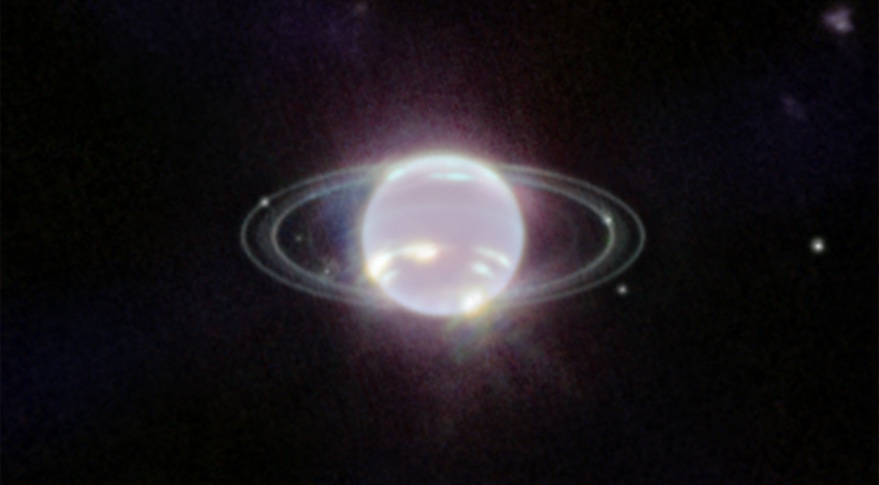
NASA has stopped using one of four observing modes on the Mid-Infrared Instrument (MIRI) on JWST. The problem affects medium-resolution spectroscopy observations with the telescope. Controllers first noticed the issue Aug. 24, and the project convened an anomaly team to study it Sept. 6. The other three observing modes are not affected, and observations using those modes are continuing.
Open Cosmos unveils OpenConstellation, shared space infrastructure
Original Publication Date: 2022-09-22 02:00
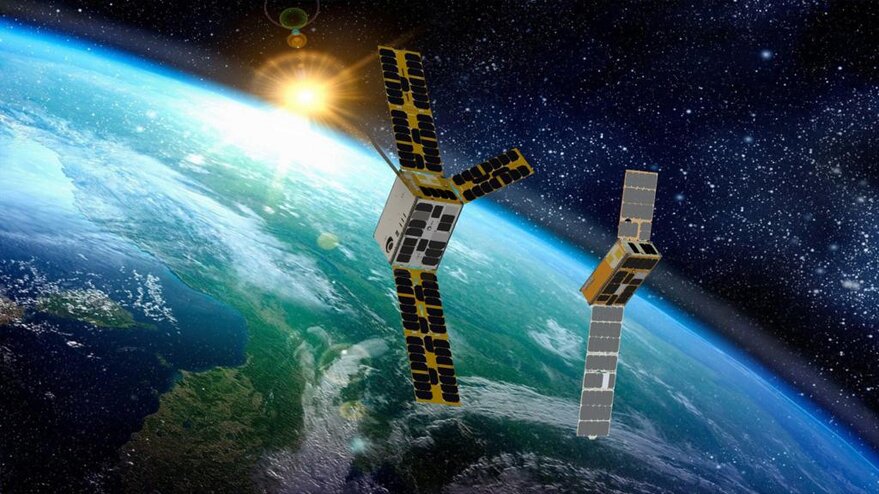
British small satellite startup Open Cosmos announced plans Sept. 21 for OpenConstellation. OpenConstellation is shared space infrastructure that offers partners access to satellite data. Eventually, Open Cosmos hopes OpenConstellation expands to include 25 satellites. Space organizations from the United Kingdom, Spain and Portugal are among the partners.
L3Harris’ missile-tracking satellites will use a newly designed Maxar bus
Original Publication Date: 2022-09-21 21:52
![]()
L3Harris will build 14 satellites using a new Maxar bus. The satellites will be part of a missile-detecting and tracking network. The agreement with L3Harris is Maxar’s first major defense satellite contract. L3Harris plans to compete for other military space programs.
NASA astronaut launches to space station aboard Russian rocket – Spaceflight Now
Original Publication Date: 2022-09-21 00:00
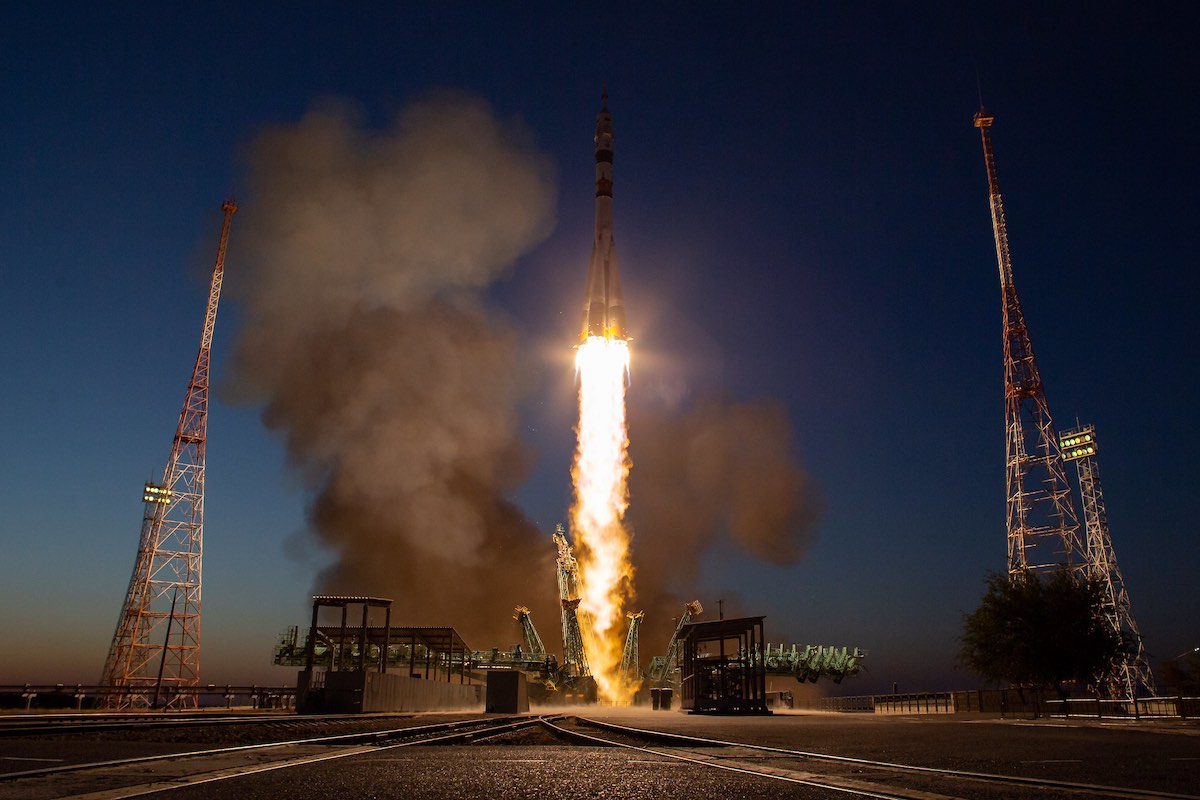
Soyuz 2.1a rocket roared to life at 9:54 a.m. EDT (6:54 p.m. Local time) and smoothly climbed away from its firing stand at the Baikonur Cosmodrome. The launching was timed to enable a fast-track two-orbit rendezvous procedure, allowing Prokopyev and his crewmates to catch up with the orbital outpost three hours and 16 minutes after launch. Docking at the Rassvet module’s Earth-facing port occurred around 1:11 p.m. EDT.
Live coverage: Two Russians, one American arrive at space station – Spaceflight Now
Original Publication Date: 2022-09-21 00:00
Live coverage of the test flight of the Soyuz MS-22 spacecraft on a mission to the International Space Station. Text updates will appear automatically below; there is no need to reload the page. Follow us on Twitter. NASA TV (English) Roscosmos TV (Russian)
Live coverage: NASA fully loads Artemis 1 moon rocket in cryogenic test – Spaceflight Now
Original Publication Date: 2022-09-21 00:00
Live coverage of the tanking test for the Space Launch System on NASA’s Artemis 1 mission. Text updates will appear automatically below; there is no need to reload the page. Follow us on Twitter @SFNlive. The gallery below includes the latest images from the Artemis 1 mission.
NASASpaceFlight.com
The SSLV or Small Satellite Launch Vehicle conducted its launch debut from Sriharikota, India on Sunday, August 7 at 03:48 UTC. An issue with the fourth stage resulted in the satellites being deployed in an unusable orbit. The SSLV program’s genesis was a December 2015 National Institute of Advanced Studies proposal to create a “Small Satellite Launch Vehicle-1”
Commercial Archives
SpaceX Falcon 9 Block 5 carrying 54 Starlink satellites has finally launched at 8:18 PM EDT on Sunday, Sept. 18. Unfavorable weather scrubbed attempts on Tuesday, Wednesday, Thursday, and Friday. A Saturday launch opportunity was also called off. This mission launched from Space Launch Complex 40 (SLC-40) at the Cape Canaveral Space Force Station in Florida.
International Archives
China conducted another EVA outside of their Tiangong Space Station. They also launched the Yunhai-1-03 payload from Jiuquan. It was on board a Chang Zheng 2D rocket. They are preparing the station for the future and practicing safety mechanisms for upcoming EVAs.
Chinese Long March 3B Launches APStar-6C Communications Satellite – Spaceflight101

China conducted a rare commercial launch of a Long March 3B rocket with the APStar-6C communications satellite. Long March 3B lifted off from the Xichang Satellite Launch Center at 16:06 UTC on a mission of under half an hour to lift the spacecraft into an elliptical Geostationary Transfer Orbit. Confirmation of launch success was provided by APT Satellite around 40 minutes after liftoff when the satellite had been separated into its target orbit.
Blue Origin’s New Shepard Reaches new Heights in latest Test Flight – Spaceflight101

Blue Origin's reusable New Shepard spacecraft reached a new altitude of 107 Kilometers on Sunday. Sunday’s mission was the eighth in Blue Origin’s New Shepard flight test program that was off to a bumpy start in 2015. New Shepard 1 and 2 provided Blue Origin with a number of important lessons regarding the operational aspects of their missions as well as the re-usability elements of the craft.
ISS Updates – Spaceflight101 – International Space Station

A veteran NASA spacewalker and an EVA rookie from Japan ended their week with nearly six hours of work outside the International Space Station on Friday. The restoration of the Station’s Mobile Servicing System started last year and continued in January to provide Canadarm2 with a new pair of grappling hands.
Featured – Spaceflight101

A SpaceX Falcon 9 took to the skies over Florida’s Cape Canaveral Monday afternoon. The flight-proven Dragon spacecraft was lifted into orbit for a critical delivery of science gear, supplies and maintenance hardware. It is the first of at least six cargo ships inbound to the U.S. Segment of ISS this year.
News – Spaceflight101

Russia's Rockot booster set to blast off from the Plesetsk Cosmodrome at 17:57 UTC with the Sentinel-3B multi-function satellite. Sentinel-3B is Europe's latest addition to the Copernicus satellite fleet. It will carry a multi-function satellite to orbit the Earth.
Re-Entry: Long March 11 Rocket Body – Spaceflight101

The CZ-11 fourth stage used leftover propellant for a partial de-orbit maneuver, lowering its perigee to 120 Kilometers. It is reportedly built around a YF-50 main engine and in a nominal mission conducts the orbital circularization after the three CZ-11 stages finish their job.
NASA’s Asteroid-Striking DART Mission Team Has JPL Members

DART will be at a point 6.8 million miles (11 million kilometers) from Earth when it impacts Dimorphos, which is just 525 feet (160 meters) across. The spacecraft will be closing in on the space rock at about 4 miles (6.1 kilometers) per second. DART will utilize an autonomous onboard navigator created by APL to stay on course.
NASA’s InSight ‘Hears’ Its First Meteoroid Impacts on Mars
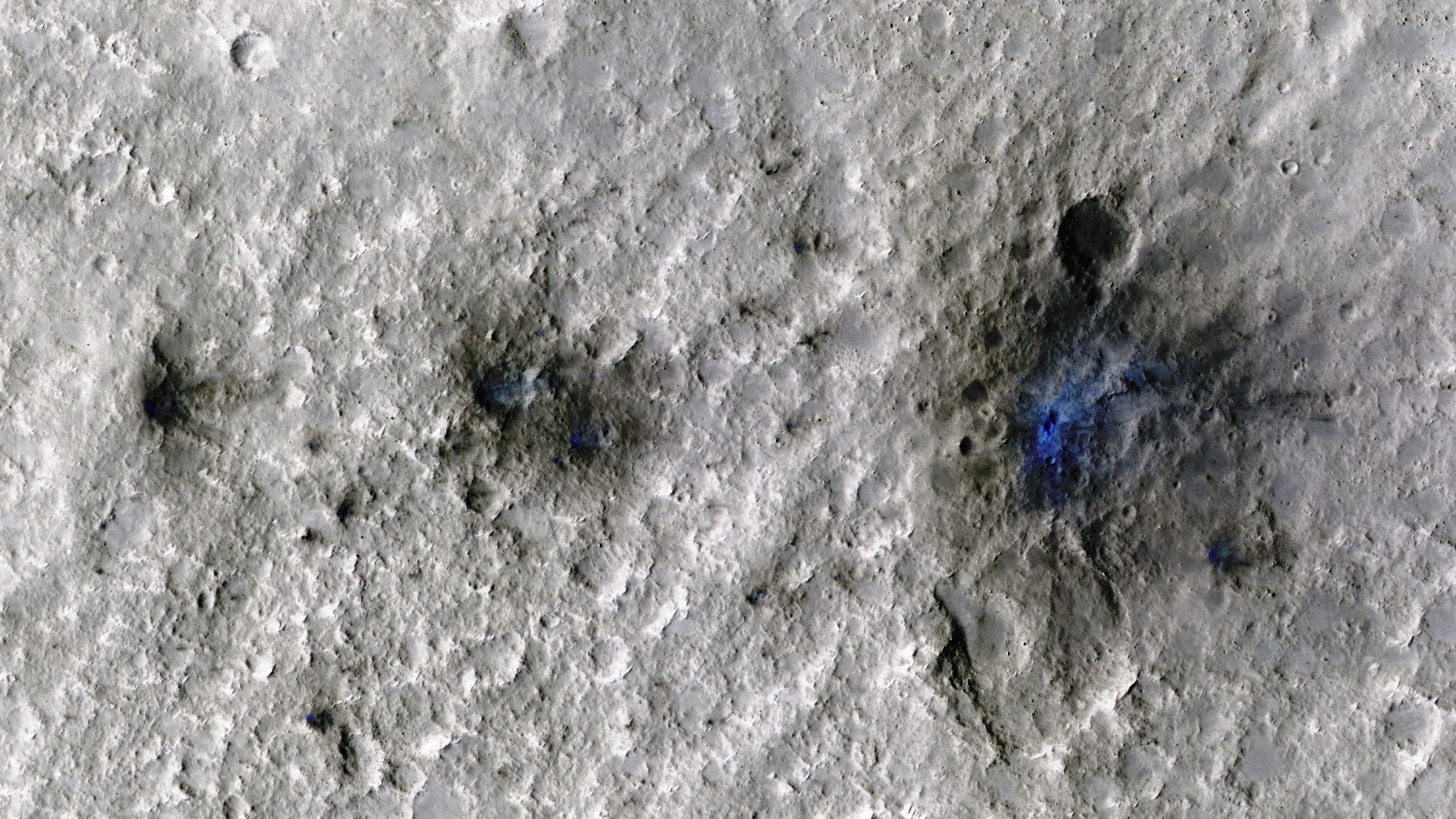
Scientists have puzzled over why they haven’t detected more meteoroid impacts on Mars. The Red Planet is next to the solar system’s main asteroid belt, which provides an ample supply of space rocks. Because Mars’ atmosphere is just 1% as thick as Earth’s, more meteoroids pass through it without disintegrating.
NASA’s Perseverance Rover Investigates Geologically Rich Mars Terrain

The rover has collected four samples from an ancient river delta in the Red Planet’s Jezero Crater since July 7. Jezero Crater hosts a delta – an ancient fan-shaped feature that formed about 3.5 billion years ago at the convergence of a Martian river and a lake. During its first science campaign, the rover explored the crater’s floor, finding igneous rock.
NASA to Host Briefing on Perseverance Mars Rover Mission Operations

The briefing will livestream on NASA Television, Twitter, Facebook, and YouTube. Questions can be asked on social media during the briefing using #AskNASA. Perseverance marks the first step in the Mars Sample Return campaign. These samples collected by Perseverance during its exploration of an ancient river delta are thought to be the best opportunity to reveal the early evolution of Mars.
NASA’s AIRS Instrument Records Typhoon Hinnamnor Before Landfall

Airlift was the first instrument to reveal the 3D distribution of rain within tropical storms like Hinnamnor. AIRS is part of NASA’s larger Earth observing fleet, which works to measure components of the global water and energy cycles, climate variation and trends.
A Cosmic Tarantula, Caught by NASA’s Webb

The Tarantula Nebula is the closest example of what was happening in the universe as it reached its brilliant high noon. Webb will provide astronomers the opportunity to compare and contrast observations of star formation in the Tarantula Nebula with the telescope’s deep observations of distant galaxies from the actual era of cosmic noon.
NASA’s Webb Takes Its First-Ever Direct Image of Distant World

Astronomers have used NASA’s James Webb Space Telescope (JWST) to take a direct image of a planet outside our solar system. The exoplanet is a gas giant, meaning it has no rocky surface and is not habitable. The finding is detailed in NASA’s latest JWST blog entry.
